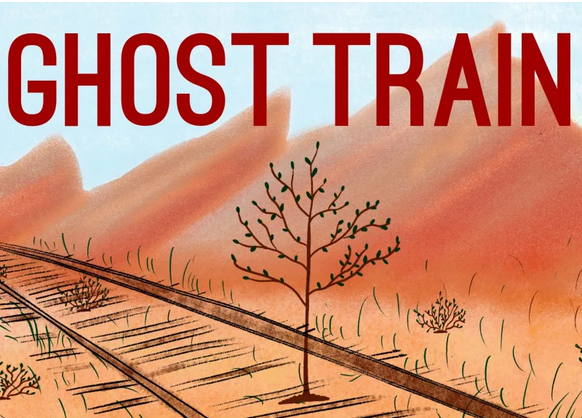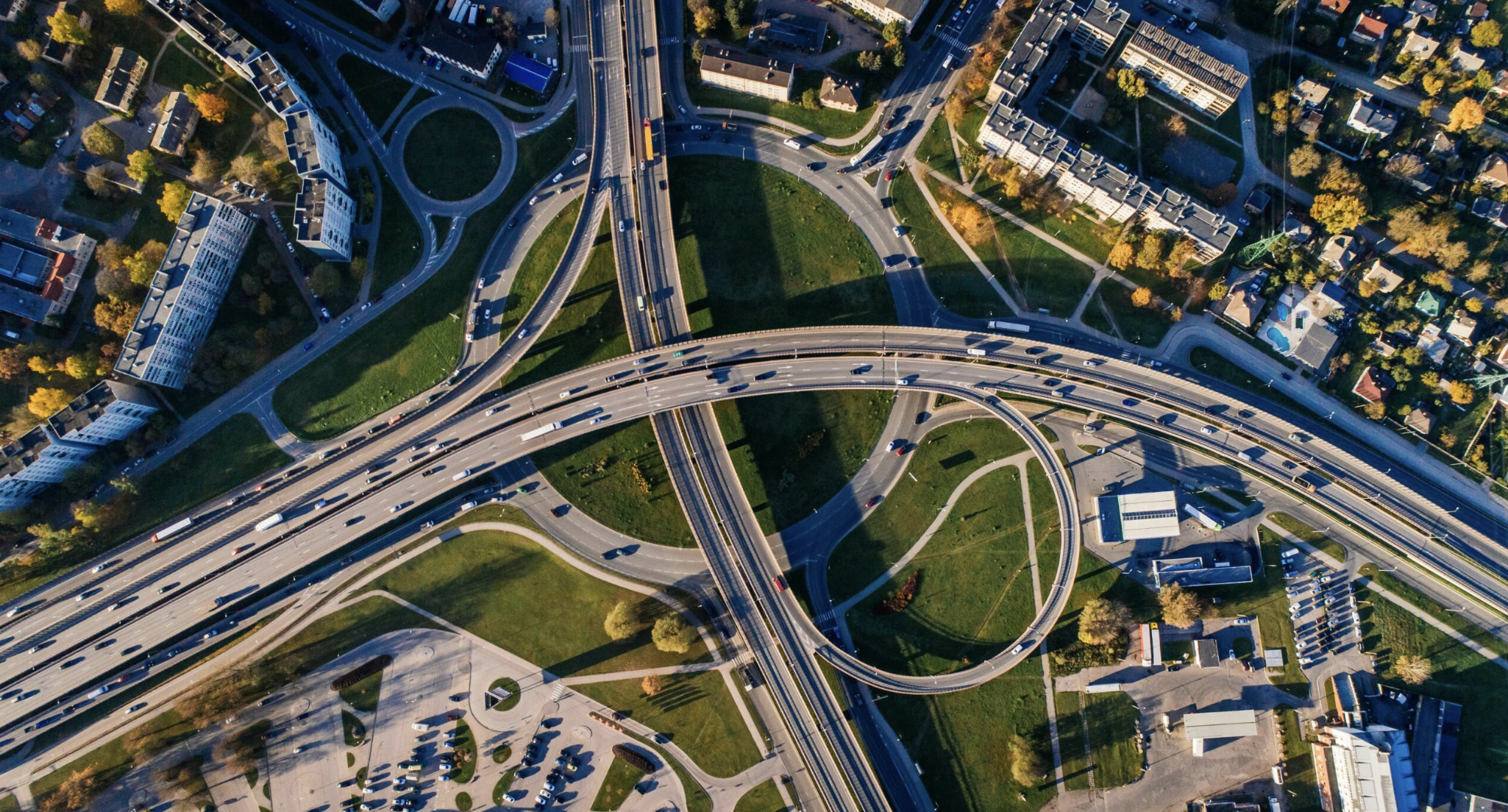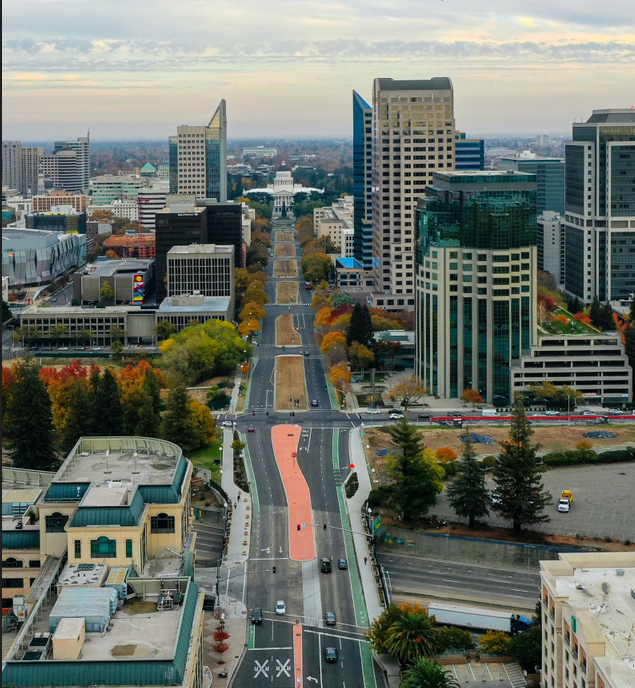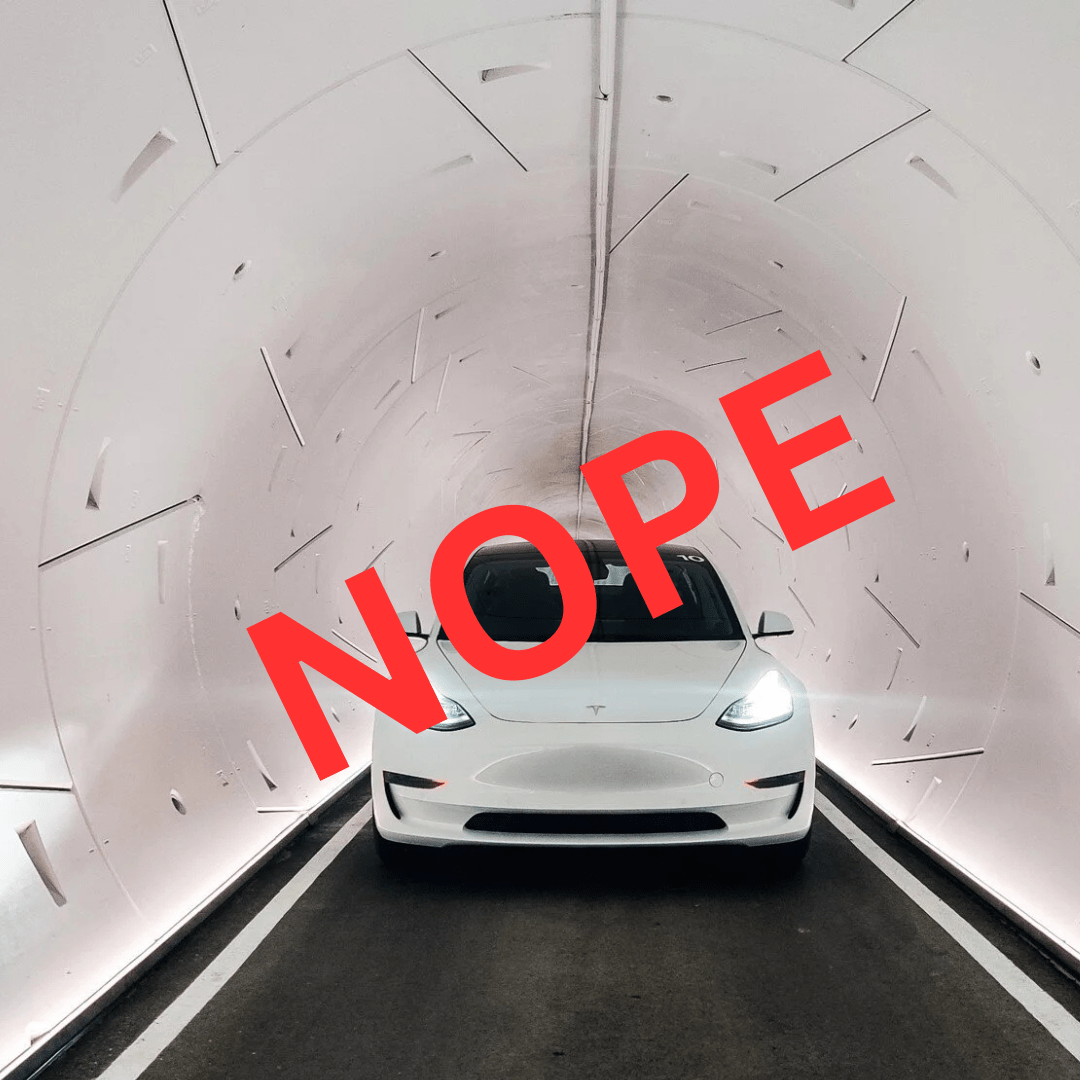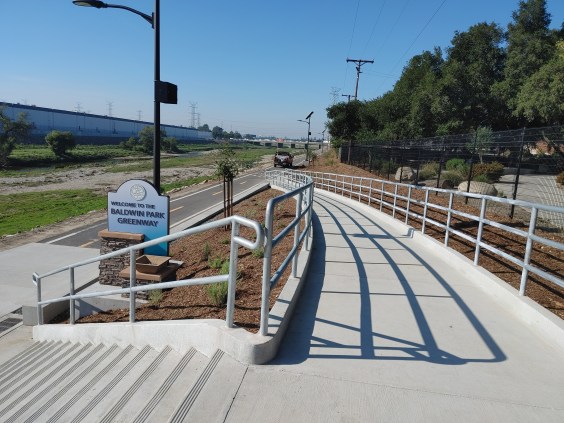Colorado Public Radio recently published its four-part Ghost Train podcast series, billed as "the story of how one polluted, traffic-choked city went all in on trains, and what happened when that plan jumped the track." By Nate Minor, Ghost Train is a deep dive into Denver's recent multi-billion rail expansion, which fell short both on growing ridership and building out a network.
Denver's Regional Transportation District (RTD) added an initial contemporary rail line in 1994. In 1997, the agency tried to pass a ballot measure for more rail. That initial ballot measure did not pass.
RTD then cobbled together funding to build a couple new rail lines, as a sort of proof of concept, then went back to the voters. In 2004, Denver and the surrounding communities passed the FasTracks ballot measure. FasTracks allowed RTD to issue nearly $3.5 billion in bonds, of which RTD has used about $3.2 billion. To pass FasTracks, RTD catered to suburban voters. New rail lines included giant park-and-ride garages, aiming to get suburbanites into downtown.
FasTracks over-promised. Though RTD delivered rail expansion - 25 miles of light rail, 53 miles of commuter rail, new bus rapid transit (BRT), and a revamped Union Station - project costs were greater than anticipated. Approved funding ended up not being enough to complete some planned suburban rail, resulting in disgruntled voters complaining that RTD had taken their taxes, without delivering promised benefits.
RTD took on a lot of debt during its rail-building push. Now, the fiscally-struggling agency is paring back planned rail expansion, while looking toward less costly projects that benefit core riders: bus-only lanes and bus system reorganization.
Though many people ride transit in Denver, ridership growth lagged behind population growth. Suburban stations didn't do enough to change car-centric suburban land-use surrounding them.
The Denver story has a lot of parallels with Los Angeles - a similarly car-centric western city plagued by pollution and congestion. L.A. County has passed several tax measures to fund transportation, and hasn't quite seen the transit ridership gains that were anticipated.
Initial FasTracks implementation took place under the leadership of RTD CEO Phil Washington, who was later recruited to run L.A. County Metro. Washington served as Metro CEO from 2015 to 2020, overseeing the passage of Metro's Measure M sales tax and a half decade worth of rail and freeway construction. Starting in the 1990s, and very much continuing today, Metro has opened more than 100 miles of new rail and BRT lines - which have included many of those relatively-suburban park-and-ride facilities. Metro ridership is still largely dependent on an under-resourced bus system, with billions in rail expansion (weighted down by billions for highway expansion) not making a dent in transit's modal share.
RTD and L.A. Metro have difficult politics to negotiate. With their region's voters and wealth (and agencies' boards of directors) skewing suburban, ballot measures end up padded with transit lines (and in L.A., freeway expansions) that don't necessarily make the most sense for equity, climate, and overall livability.
